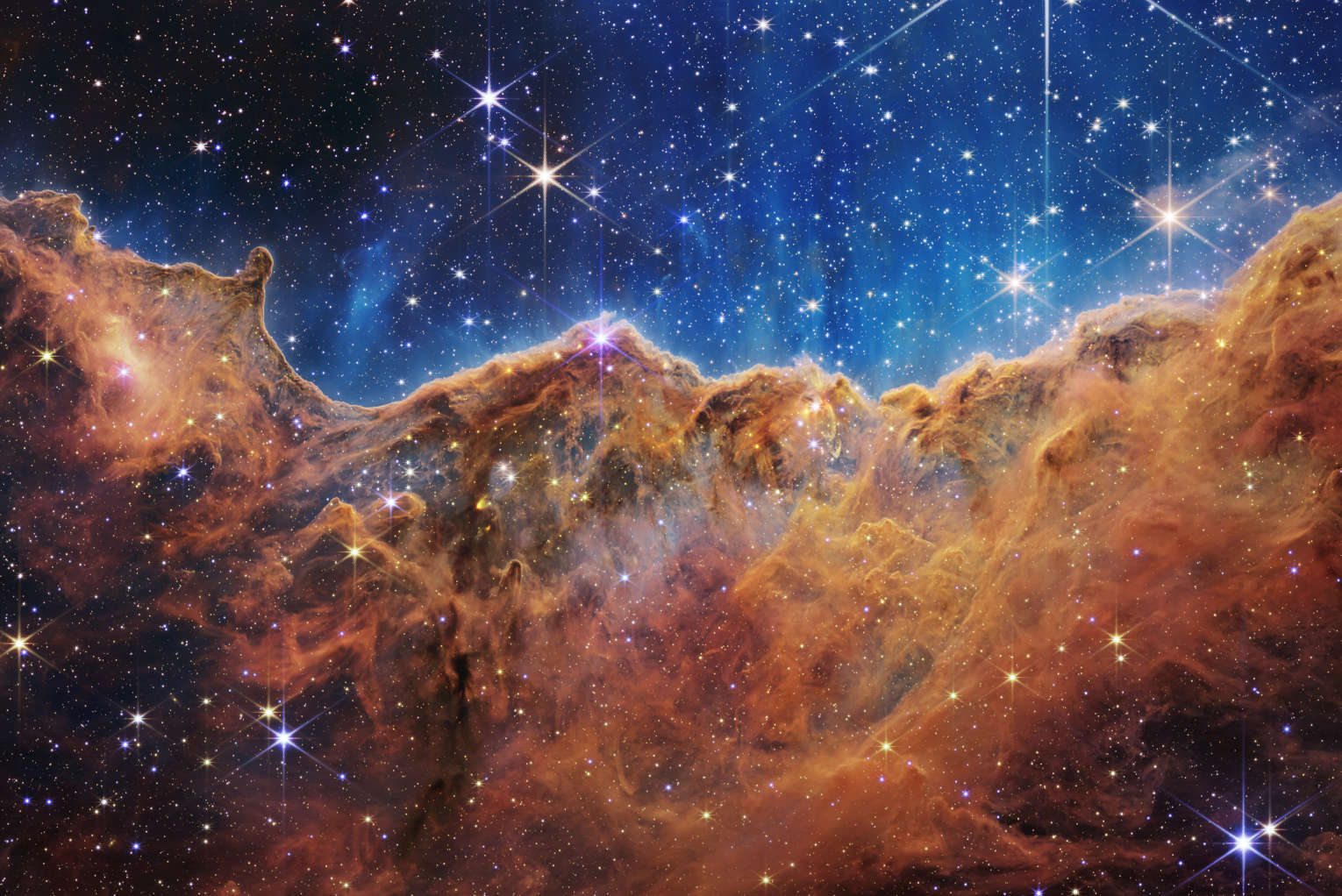Did Webb Telescope Find Actual Proof of Life Outside Earth? Keep Your Bible Open
The search for life beyond Earth has taken another bold step forward, and it’s got the scientific community buzzing. Using the James Webb Space Telescope, a team of researchers believes they may have found “the strongest signs yet of possible life beyond our solar system,” pointing to the detection of two gases, dimethyl sulfide and dimethyl disulfide, in the atmosphere of a distant exoplanet named K2-18 b.
“These are the first hints of an alien world that is possibly inhabited,” said astrophysicist Nikku Madhusudhan of the University of Cambridge’s Institute of Astronomy.
Breaking News. Spirit-Filled Stories. Subscribe to Charisma on YouTube now!
As reported by Reuters, both DMS and DMDS are known on Earth to be produced solely by biological organisms, primarily marine phytoplankton. The fact that these gases were discovered at atmospheric concentrations “thousands of times higher than their concentrations in the Earth’s atmosphere” has the researchers excited, though they are quick to temper expectations.
“This is a transformational moment in the search for life beyond the solar system,” Madhusudhan said. “We have entered the era of observational astrobiology.”
K2-18 b is located in the so-called “habitable zone” of its star, about 124 light-years away in the constellation Leo, where liquid water could theoretically exist. It’s 8.6 times the mass of Earth and 2.6 times its diameter, orbiting a red dwarf star. Madhusudhan and his team propose that this could be a “hycean world”—a planet with a hydrogen-rich atmosphere and a deep ocean potentially hospitable to microbial life.
“The only scenario that currently explains all the data obtained so far from JWST… is one where K2-18 b is a hycean world teeming with life,” Madhusudhan said. “However, we need to be open and continue exploring other scenarios.”
That kind of caution is echoed by other scientists as well. Christopher Glein of the Southwest Research Institute advised, “We must be very careful to test the data as thoroughly as possible.”
Even Madhusudhan urged against jumping to conclusions. “First we need to repeat the observations two to three times… Second, we need more theoretical and experimental studies to make sure whether or not there is another abiotic mechanism.”
In other words, this is a fascinating discovery, but it’s far from conclusive.
Fascinating… But Not Gospel
Discoveries like this are intriguing, revealing how vast, intricate and mysterious God’s creation truly is. But they also highlight the importance of discernment. Remember that scientific speculation is just that: speculation and needs to be weighed against the truth of Scripture.
We know God created the heavens and the Earth, and that humanity is uniquely made in His image. That doesn’t rule out the possibility of microbial life elsewhere in the universe, but it does remind us that our ultimate authority is not a telescope, but the Bible.
So let’s be curious, let’s explore, but let’s also stay grounded. Not everything labeled “a sign of life” is necessarily a sign of truth.
Join Charisma Magazine Online to follow everything the Holy Spirit is doing around the world!
James Lasher is staff writer for Charisma Media.




























































